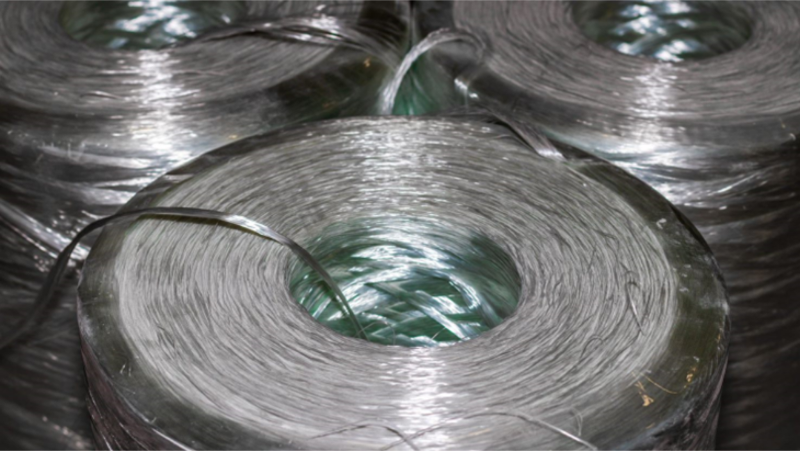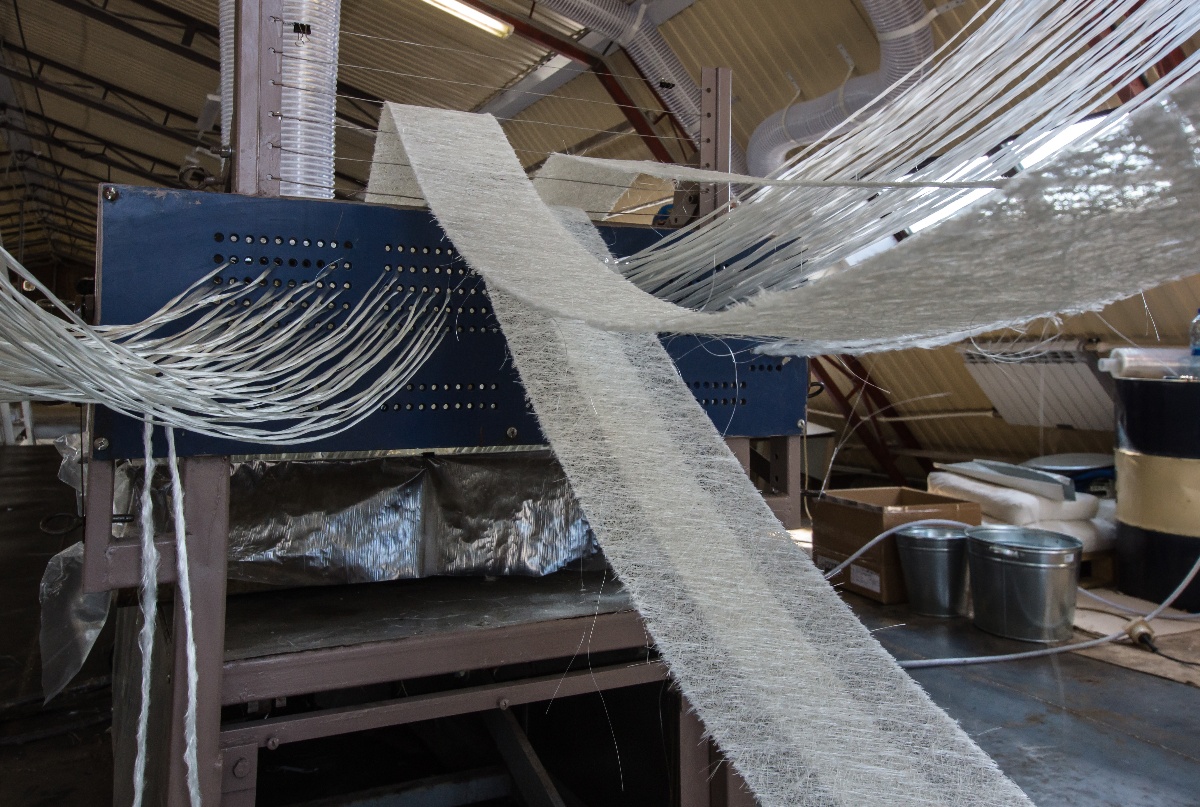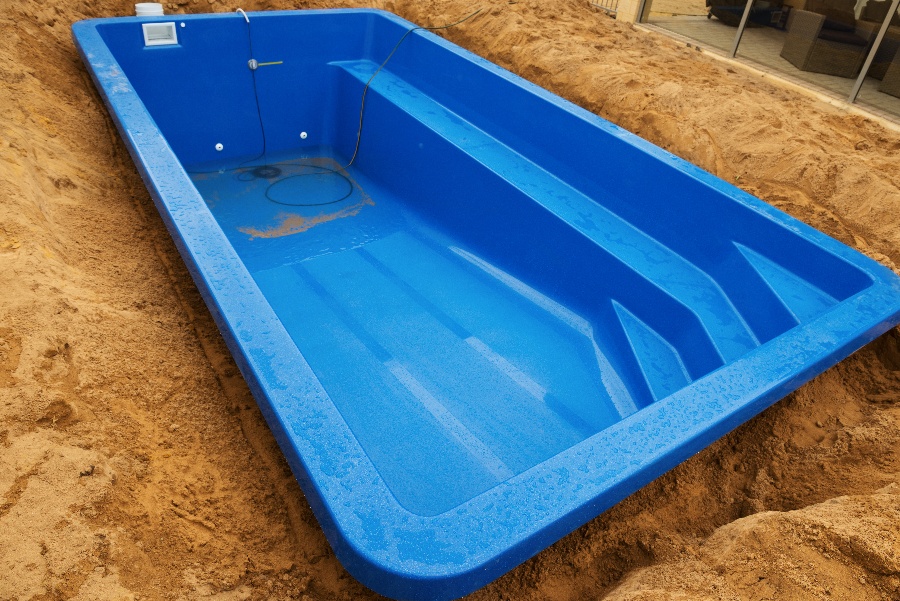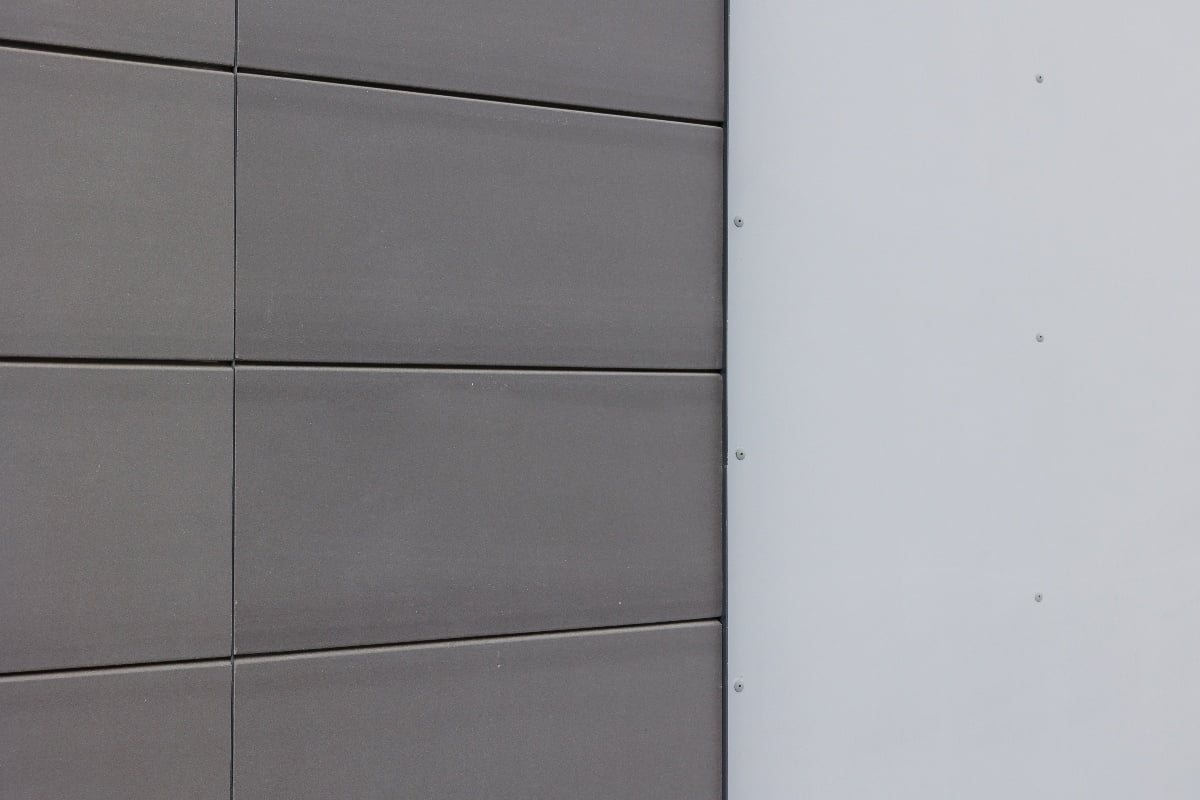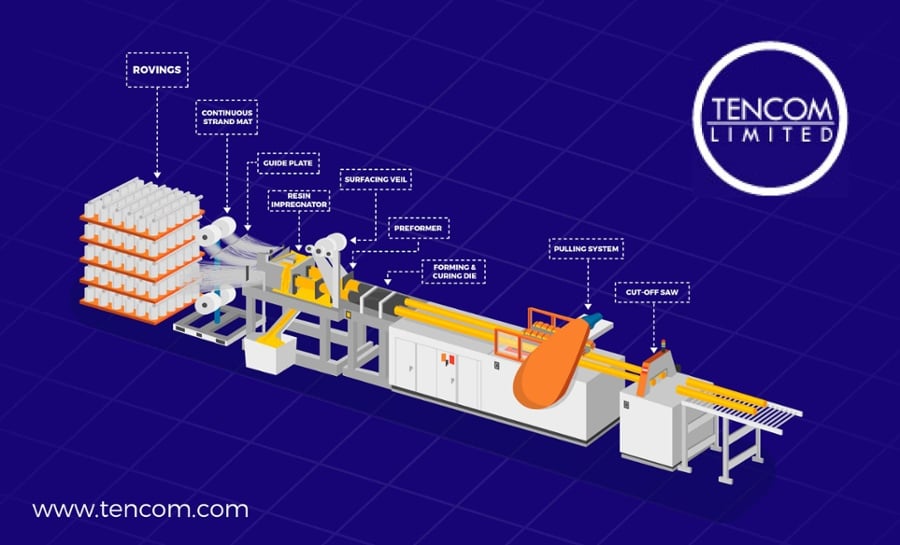Introduction
Thermal conductivity is a crucial component of everyday life. Understanding the thermal conductivity of materials allows for a more efficient determination of how to use them. Materials with low thermal conductivity make great thermal insulators, whereas high thermal conductivity materials are better thermal conductors as they move heat quickly and efficiently.
Fiberglass composites are materials made up of glass Fibers embedded within a thermosetting plastic matrix like polyester, epoxy and polyurethane. The reinforced material is strong, lightweight, and flexible. Perfect for rugged products like sporting equipment and boat hulls yet delicate enough for applications such as circuit boards.
Varying the composition of the material by including additives and fillers can alter physical and mechanical properties, such as fire resistance and thermal conductivity, allowing the composites to be widely used in various industries for many applications. So why is understanding the thermal conductivity of these composites so important?
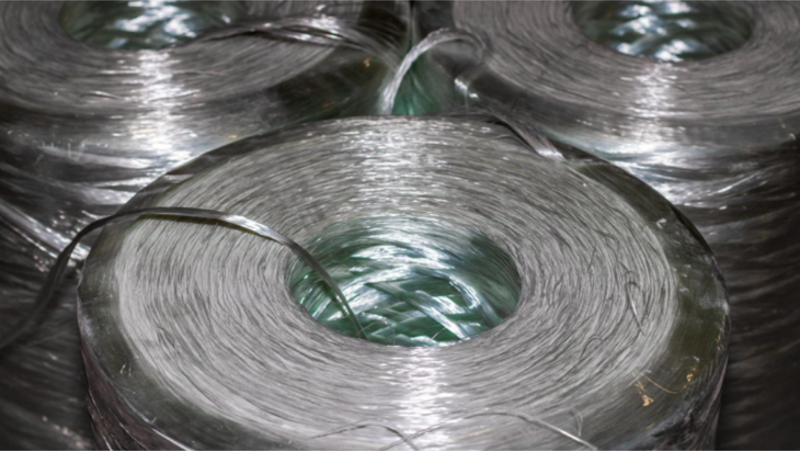
Figure 1. Glass Fibers
Understanding Thermal Conductivity
Thermal conductivity, often denoted by k, λ, or ĸ, refers to a material's ability to transfer or conduct heat. We commonly express the rate at which a particular material can pass heat in units of W/m·K.
Conductivity is one of the three methods of heat transfer, the other two being convection and radiation. Heat moves along a temperature gradient, from an area of high temperature to an area with lower temperature, until reaching thermal equilibrium.
The rate at which heat transfers depends on the material's composition, structure, and temperature. Therefore, the thermal conductivity of different materials varies. For example, a highly conductive material such as copper has a thermal conductivity of 398 W/m·K, whereas an insulative material like cellulose insulation has a thermal conductivity of 0.040 W/m·K.
Generally, polymers and foams have lower thermal conductivity, whereas metals have higher conductivities. Some materials may even vary in conductivity based on the composition of their counterparts or the manufacturing method.
Fiberglass Composites: Composition and Properties
Composite materials form by combining reinforcement (Fiber) with a matrix (resin). Fiberglass composites usually consist of a matrix of Thermosetting plastic with desired additives combined with glass Fibers as reinforcement.
Composite materials are typically more robust, lightweight, and flexible than their counterparts used alone.
A unique property that makes Fiberglass so versatile is that it can easily be moulded into any desired shape and size (at a relatively low cost), allowing for incorporating Fiberglass into many industrial products. Another reason to choose Fiberglass composites over wood or metal materials is their corrosion resistance. This material is not prone to rust like iron or steel, nor will it be invaded by pests or mold when exposed to moisture like wood.
Fiberglass composites have high tensile strength and require much less maintenance, costing less over time than other materials. Custom fillers or additives can be included in the composition of the material to increase attributes such as resistance to fire and thermal conductivity.
Factors Affecting the Thermal Conductivity of Fiberglass Composites
The thermal conductivity of composite material depends on the Fiber type, resin material, and orientation of the Fibers. As mentioned, fillers or additives can also be incorporated with the composites to increase attributes such as thermal conductivity.
Fiber is the reinforcing phase of composite materials. Glass Fibers are widely used as reinforcing materials due to their excellent mechanical properties. Different types of glass Fiber are used based on the various applications of the composite. Some are more insulative, while others help the structural integrity of the composite, for example, E-glass vs S-glass. Glass Fibers can also be arranged in different orientations and densities, which influences the overall thermal conductivity of the composite.
Resin is considered the matrix or body of the composite, necessary for providing the product's shape. Much like the types of Fiber used, different kinds of resin lead to other final product properties. Polyester is the most popular due to its low cost, quick curing time and strength.
Fillers and additives such as aluminum or graphene can be incorporated into the composite to enhance specific properties. Fillers can improve thermal conductivity, tensile strength, cost, and temperature resistance in reinforced Fiberglass. The fillers' size and morphology also influence the heat transfer inside the composites.
Common fillers include metal, carbon-based, and ceramic. Metal and carbon-based fillers enhance the thermal conductivity of composites due to their high intrinsic thermal conductivities. Ceramic fillers may be used when there is a need to increase the thermal resistance of the Fiberglass composites.
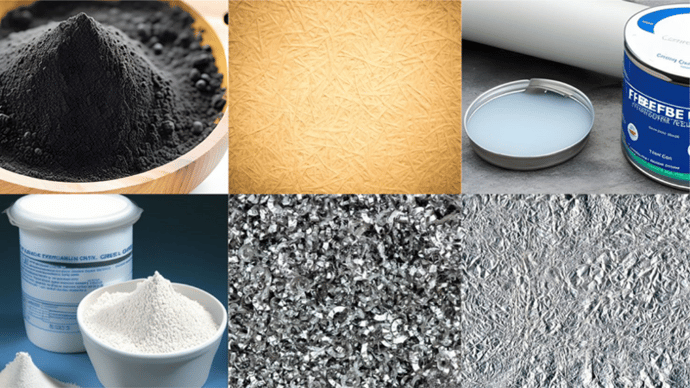
Figure 2. Additives and fillers.
Applications of Fiberglass Composites in Thermal Insulation
Fiberglass composites are durable with a high strength-to-weight ratio, have high corrosion resistance, and are simple and cheap. These unique characteristics ensure that this material remains one of the most versatile and easy-to-use composites for the foreseeable future.
Designers, builders, and homeowners have widely adopted Fiberglass composites as cheaper, more energy-efficient options for items like window reinforcements, exterior trim, and doors. One key advantage is that it is thermally insulative and can be made fire-resistant; Fiberglass bars are commonly used as insulation, cladding and raw roofing materials. The highly insulative nature of Fiberglass composites plays a vital role in reducing the energy consumption of buildings by minimizing heat transfer between adjacent zones.
Thermal insulation, including aircraft, train, and automobile, is critical for the transportation industry. Glass Fiber composites are widely used due to their highly insulative abilities and low weight.
Limited thermal and electrical conductivity makes glass Fiber composites perfect for motor, transformer, electrical manufacturing, and recreational products such as sporting equipment and even high-performance prosthetic limbs. Thanks to its superior strength, fast production time, and variability in size and shape, the possibilities of this material are nearly endless.
Comparative Analysis of Thermal Conductivity
Using the Thermtest Guarded Heat Flow Meter (GHFM-01), the thermal conductivity of a 6.4 mm thick sample of fiberglass was determined to be 0.36 W/m·K. Compared to the thermal properties of other commonly used construction and insulation materials, it is clear why Fiberglass has significant advantages.
|
Material |
Thermal Conductivity (W/m·K) |
|
Aluminum |
225.94 |
|
Steel |
16.10 |
|
Polyethylene (PE) |
0.50 |
|
Fiberglass Composite |
0.36 |
|
Wood |
0.21 |
The higher the thermal conductivity, the worse the insulative properties of the material are. This data shows that Fiberglass composites have much better insulative capabilities while having the same stiffness and strength as highly conductive materials like aluminum and steel, making glass Fiber composites much more appealing for window and door reinforcements due to thermal efficiency and strength.
Fiberglass outperforms aluminum and steel when alternating temperatures, leading to better energy conservation when the material expands or contracts.
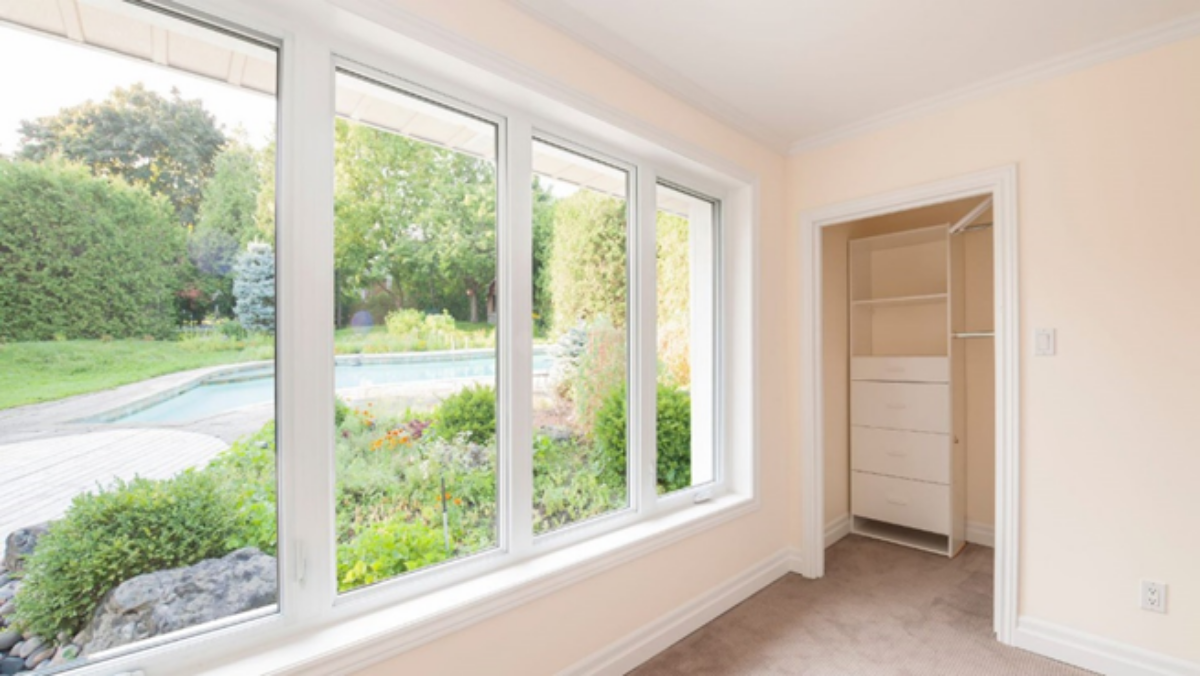
Figure 3. Windows and doors are the main cause of energy loss in buildings and homes.
Reinforced Fiberglass is low weight, high strength, corrosion resistant, chemical resistant, electrically insulative, thermally insulative, easy to work with, has minimal maintenance and is more sustainable than other commonly used materials. It is no question why this material is becoming increasingly popular in many industries.
Enhancing Thermal Conductivity in Fiberglass Composites
As mentioned above, there are various ways to enhance the thermal conductivity of a composite material. Fiber type, resin type, Fiber volume, Fiber orientation, fillers, and additives can affect conductivity. The thermal conductivity of Fiberglass composites directly depends on the type of Fiber and resin used and its orientation in space. The volume of glass Fibers in the composite will also alter the material's ability to transfer heat. Different types of glass and resin provide distinct advantages depending on the purpose of the product.
For example, using thermosetting plastic resins over thermoplastic resin will lead to better performance at elevated temperatures. Glass Fibers are available in continuous, chopped, or woven forms, all leading to different thermal properties due to the nature of the composition. The manufacturing method is another critical factor that alters the thermal properties of these composites. Fiberglass may be manufactured using pultrusion, compression molding, resin transfer molding, and casting, each giving rise to different thermal and physical properties.
The main advantage of using a filler material is to gain desirable thermal properties while maintaining low cost. Fillers can improve thermal conductivity, crack resistance, shrinkage, and fire resistance. Additives may decrease or increase the total cost of the product but enhance durability, electrical and thermal conductivity.
In recent years significant advancements have been made in altering the thermal and physical properties of Fiberglass composite materials. Mahmud et al., 2023, research highlighted the environmental concerns of using inorganic materials in composites. To address these concerns, the research group developed a new hybrid-style composite using coir and glass Fibers. Coir is a natural Fiber extracted from the husks of coconuts. The strong synthetic glass Fibers are used as the top and bottom layers, and the lower-strength natural coir Fibers comprise the center. These hybrid-style composites have the same strength and durability but lower thermal conductivities, creating a more sustainable future for reinforced Fiber composites.
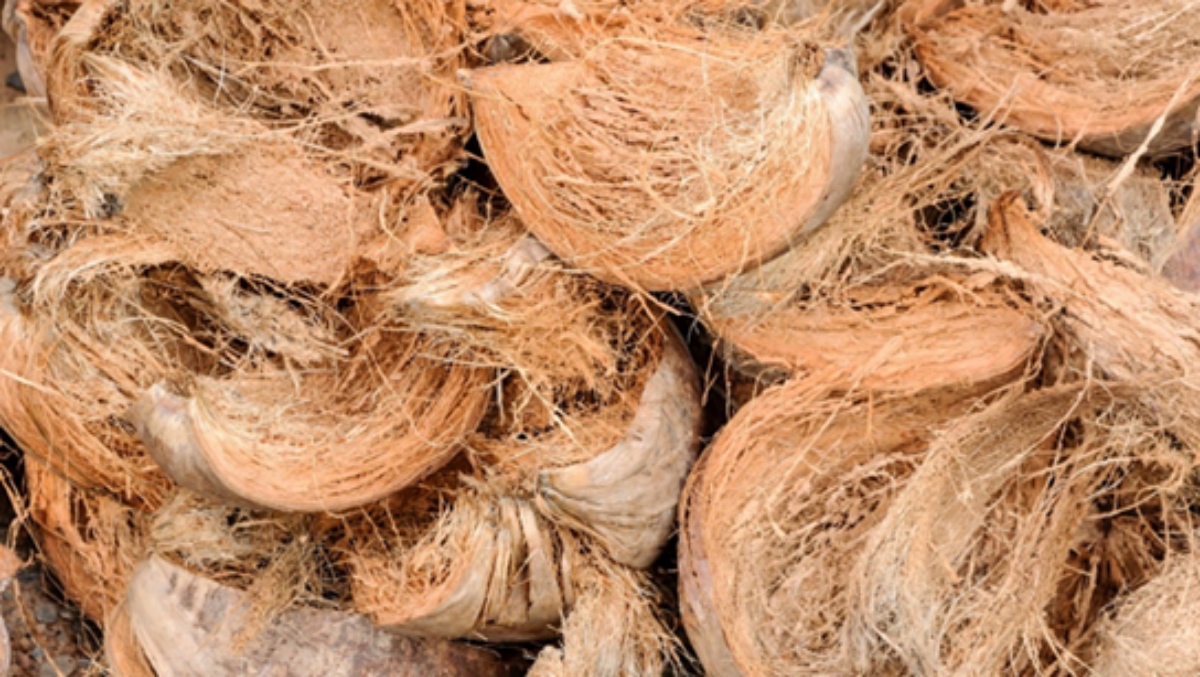
Figure 4. Coir fibers
Conclusion
With the growing demand for high-performing structures and products, it is clear why Fiberglass composites have been continuously replacing traditional simple materials. Fiberglass is quickly becoming the leading material in home construction due to its high strength-to-weight ratio and low thermal conductivity. The ability to alter this material's thermal and physical properties with ease based on the needs of the product allows for an even broader application of Fiberglass composites.
This material is advantageous in reducing carbon emissions and improving the energy efficiency of buildings due to its insulative abilities leading to a more sustainable future. Continued advancements in Fiberglass composites open exciting opportunities for residential, commercial, and industrial applications. The versatility of this composite is astounding and will only improve from here on out.
References
Burger, N., Laachachi, A., Ferriol, M., Lutz, M., Toniazzo, V., & Ruch, D. (2016). Review of thermal conductivity in composites: Mechanisms, parameters and theory. Progress in Polymer Science, 61, 1–28. https://doi.org/10.1016/j.progpolymsci.2016.05.001
Groo, L., Nasser, J., Inman, D., & Sodano, H. (2021). Fatigue damage tracking and life prediction of fiberglass composites using a laser induced graphene interlayer. Composites Part B: Engineering, 218, 108935. https://doi.org/10.1016/j.compositesb.2021.108935
Gunal, S. R., Sayar, E., Geygel, B., Haciogullari, S. O., Karaca, N., Ucar, M., Selver, E., Solak, N., Baydogan, M., Onen, H. A., & Ucar, N. (2020). International Fiber and Polymer Research Symposium . In ResearchGate. TUBITAK. Retrieved July 27, 2023, from https://www.researchgate.net/publication/339781154_Thermal_Insulation_Properties_of_Glass_Fiber_Epoxy_Composite_with_Stonewool_Fiber_Nanofiber_Web_Silica_Aerogel_Layers.
Johnson, T. (2020, January 3). Learn about the history of fiberglass and how it is manufactured. ThoughtCo. https://www.thoughtco.com/what-is-fiberglass-or-glass-fiber-820469
Mahmud, S., Konlan, J., Deicaza, J., & Li, G. (2023a). Coir/glass hybrid fiber reinforced thermoset polymer composite laminates with room-temperature self-healing and shape memory functions. Industrial Crops and Products, 201, 116895. https://doi.org/10.1016/j.indcrop.2023.116895
Materials Thermal Properties Database . Thermtest. (2023a, January 4). https://thermtest.com/thermal-resources/materials-database
Mutnuri, B. (2006). Thermal conductivity characterization of composite materials . Graduate Theses, Dissertations, and Problem Reports. https://researchrepository.wvu.edu/cgi/viewcontent.cgi?article=2718&context=etd
Tencom Ltd. (2019a, September 3). The benefits of pultruded products in construction. Tencom Ltd. https://www.tencom.com/blog/the-benefits-of-pultruded-products
Tencom Ltd. (2019b, December 3). Is fiberglass conductive? and other common questions about FRP. Tencom Ltd. https://www.tencom.com/blog/is-fiberglass-conductive
Tencom Ltd. (2021, April 13). Top 5 reasons to use fiberglass in home building. Tencom Ltd. https://www.tencom.com/blog/top-5-reasons-to-use-fiberglass-in-home-building
Tencom Ltd. (2022, January 4). Fiberglass composite: What is it and what are its application areas?. Tencom Ltd. . https://www.tencom.com/blog/fiberglass-composite-what-is-it-and-what-are-its-application-areas
Tencom Ltd. (n.d.). Why pultrusion?. Tencom Ltd. https://www.tencom.com/why-pultrusion
Wang, L., Ma, D., Xu, C., Gan, X., Ge, P., Zhu, L., Wang, X., & Lv, Y. (2023). Preparation of flexible hollow TiO2 fibrous membranes for thermal-insulation applications by coaxial electrospinning. Ceramics International, 49(14), 22875–22881. https://doi.org/10.1016/j.ceramint.2023.04.111
Wang, S., & Qiu, J. (2010). Enhancing thermal conductivity of glass fiber/polymer composites through carbon nanotubes incorporation. Composites Part B: Engineering, 41(7), 533–536. https://doi.org/10.1016/j.compositesb.2010.07.002
What is thermal conductivity? an overview. Thermtest. (2023b, July 26). https://thermtest.com/what-is-thermal-conductivity
Wilson, K. (2021, June 2). Top 10 thermally conductive materials. Thermtest. https://thermtest.com/thermal-resources/top-10-resources/top-10-thermally-conductive-materials
Zhu, C.-Y., Gu, Z.-K., Xu, H.-B., Ding, B., Gong, L., & Li, Z.-Y. (2021). The effective thermal conductivity of coated/uncoated fiber-reinforced composites with different fiber arrangements. Energy, 230, 120756. https://doi.org/10.1016/j.energy.2021.120756

